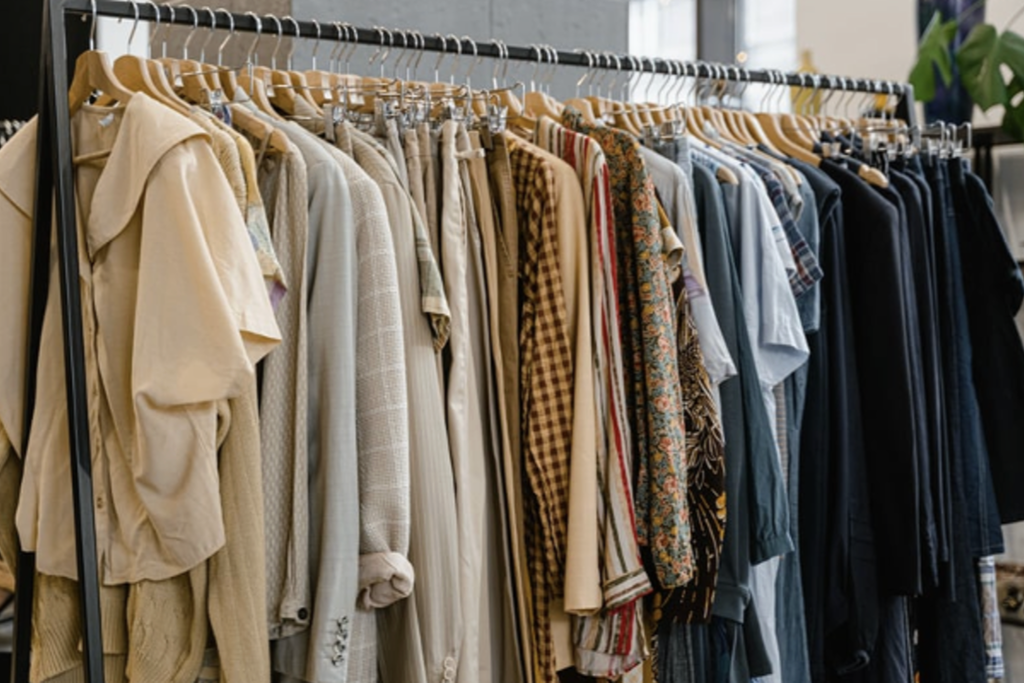
As fashion evolves, so does the awareness of its impact on the planet. In 2025, sustainable and ethical styling is no longer a niche trend—it’s a movement reshaping the industry. From eco-friendly materials to ethical production methods, the fashion world is embracing responsibility, and stylists play a crucial role in guiding this transformation. If you’re looking to incorporate sustainability into your styling approach, here’s everything you need to know about making fashion both stylish and ethical.
Sustainable fashion focuses on reducing environmental harm through eco-conscious materials, low-waste production, and circular fashion practices. Ethical fashion, on the other hand, ensures fair wages, safe working conditions, and humane treatment of workers throughout the supply chain. The two go hand in hand, forming the foundation of responsible styling in 2025.
Why Sustainable Styling Matters
- Environmental Impact: The fashion industry is one of the largest polluters, contributing to carbon emissions, water waste, and plastic pollution. By choosing sustainable pieces, stylists help reduce environmental damage.
- Consumer Demand: More people are prioritizing ethical fashion choices, and clients are seeking stylists who understand how to blend style with sustainability.
- Longevity Over Fast Fashion: Sustainable fashion promotes quality over quantity, encouraging timeless wardrobe investments instead of fleeting trends.
Key Elements of Sustainable and Ethical Styling
1. Choosing Sustainable Fabrics
The materials used in clothing play a significant role in sustainability. As a stylist, prioritize fabrics that are eco-friendly and biodegradable, such as:
- Organic Cotton – Grown without harmful pesticides, reducing water waste.
- Linen – Made from flax plants, requiring minimal resources.
- Tencel/Lyocell – A sustainable alternative derived from wood pulp.
- Hemp – Durable, breathable, and one of the most sustainable fibers.
- Recycled Fabrics – Materials like recycled polyester and upcycled denim help reduce waste and reliance on virgin resources.
2. Supporting Ethical and Sustainable Brands
More brands are committing to transparency and sustainability. As a stylist, research brands that prioritize fair labor, responsible sourcing, and ethical manufacturing processes. Some well-known sustainable brands include:
- Stella McCartney – A pioneer in sustainable luxury fashion.
- Reformation – Known for stylish, eco-friendly designs.
- Eileen Fisher – Focused on circular fashion and ethical production.
- Patagonia – Leading the way in responsible outdoor apparel.
- Veja – A sustainable sneaker brand with a focus on ethical production.
3. Embracing Second-Hand and Vintage Fashion
One of the most sustainable ways to shop is by choosing pre-loved clothing. Thrift stores, vintage boutiques, and online resale platforms like The RealReal, Depop, and Poshmark offer high-quality, unique pieces that reduce waste. Stylists can create stunning, one-of-a-kind looks by mixing vintage pieces with modern fashion.
4. Promoting a Capsule Wardrobe
A capsule wardrobe consists of timeless, versatile pieces that can be styled in multiple ways. Encouraging clients to invest in high-quality staples—like a classic blazer, tailored trousers, and neutral-toned essentials—reduces excessive consumption while maintaining a polished look.
5. Styling with Eco-Friendly Accessories
Accessories are an easy way to add a sustainable touch to any look. Encourage the use of:
- Vegan leather bags made from pineapple leaves (Piñatex) or mushroom leather.
- Jewelry from ethical brands that use recycled metals and fair-trade gemstones.
- Sunglasses made from biodegradable or recycled materials.
6. Encouraging Clothing Longevity
Fast fashion promotes a “wear once and discard” mentality. Instead, educate clients on proper garment care:
- Wash clothes in cold water to conserve energy.
- Air dry instead of using a dryer to prolong fabric life.
- Repair minor damages instead of discarding clothing.
- Store clothes properly to maintain quality over time.
7. Renting and Swapping Fashion
Fashion rental services like Rent the Runway and Nuuly provide a sustainable way to enjoy trendy fashion without excessive waste. Clothing swaps are also a great way to refresh a wardrobe without buying new items. As a stylist, you can introduce clients to these alternatives to fast fashion shopping.
As a stylist, you have the power to influence fashion choices and advocate for sustainability. Here’s how you can make a difference:
- Educate Clients: Share information about sustainable brands and ethical styling choices.
- Curate Conscious Looks: Create stylish outfits using a mix of sustainable, ethical, and second-hand pieces.
- Support Small and Local Brands: Many smaller designers prioritize ethical production—seek them out and promote their work.
- Lead by Example: Your own fashion choices set the tone for your clients. Wear and promote sustainable fashion yourself.
Sustainable and ethical styling isn’t just a trend—it’s the future of fashion. By prioritizing eco-friendly fabrics, supporting ethical brands, and embracing mindful consumption, stylists can redefine the fashion industry while maintaining style and sophistication. As 2025 unfolds, let’s make responsible fashion the new standard, ensuring that beauty and ethics go hand in hand.
Back to All Articles

